The conditions are ripe for a spike in the price of this metal – here’s how to invest
Zinc is in short supply. And that could mean a big price rise. Dominic Frisby looks at the fundamentals, and picks some of the best ways to invest.


Zinc is the subject of today's Money Morning.
We consider the metal, its uses, the state of the market and we end with some possible ways to play the market, including two speculative miners.
Why zinc specifically? Because there is a potential shortfall in supply which could lead to a spike in the price.
MoneyWeek
Subscribe to MoneyWeek today and get your first six magazine issues absolutely FREE

Sign up to Money Morning
Don't miss the latest investment and personal finances news, market analysis, plus money-saving tips with our free twice-daily newsletter
Don't miss the latest investment and personal finances news, market analysis, plus money-saving tips with our free twice-daily newsletter
Why is zinc in the doldrums?
Let's start with the metal itself. After iron, copper and aluminium, zinc is the fourth most used metal in the world. Its main use is in the construction industry: the frames of buildings, bridges, roofs, staircases, beams and piping all contain zinc. A coating of zinc over iron or steel protects the metal beneath from rusting.
It is also used in alloys (brass and bronze), in compounds with a range of applications, particularly in batteries from everyday AAs and AAAs to silver-zinc batteries in aerospace and, increasingly, in fertiliser.
The market for zinc is worth around $35bn a year. Numbers like that can be difficult to fathom, so to put $35bn in some kind of perspective, that's around double the size of the lead and silver markets, but about a fifth of the size of the copper market.
Here, for your information, is a chart showing 36 years of zinc prices.
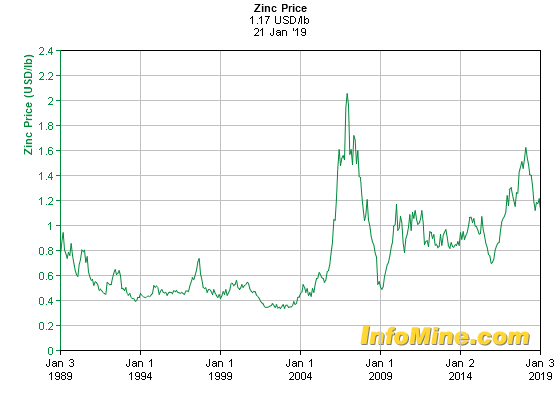
Just over $2/lb was the all-time high in 2008. You can see the barren commodities depression of the 1990s, by the end of which zinc had slid below $0.40/lb; the boom of the 2000s; then more depression between 2011 and 2015.
2016 and 2017 were good years for zinc, but 2018 was not. It began the year just below $1.60/lb, peaked in February and ended the year at just below at $1.15/lb, meaning falls of around 28%. It fell pretty much in tandem with emerging markets, as is often the way.
The low for the year came in September at just above $1, at which point it was down by more than 30% on the year. Today it has rallied a little and sits at $1.17.
Much of its poor performance can be explained by its ties with steel. Zinc was caught in the crossfire of trade wars and, in particular, the tariffs on steel products.
The latest Bank of America Merrill Lynch fund manager survey shows that, of late, fund managers have been strong buyers emerging-market equities, while avoiding developed market regions. After many years of developed-market outperformance, the inference is that a cyclical turn may be at hand. If so, zinc may be a beneficiary.
The fundamentals look good for zinc
The fundamentals are certainly there.
According to the International Lead and Zinc Study Group (ILZSG) "the global market for refined zinc metal was in deficit by 326,000 tonnes over the first 11 months of 2018, with total reported inventories decreasing by 161,000 tonnes over the same period".
At around 120,000 tonnes, London Metals Exchange stocks are at levels not seen since late 2007. The less stock there is, the less supply. The last time it was this low, zinc's spike to $2/lb quickly followed.
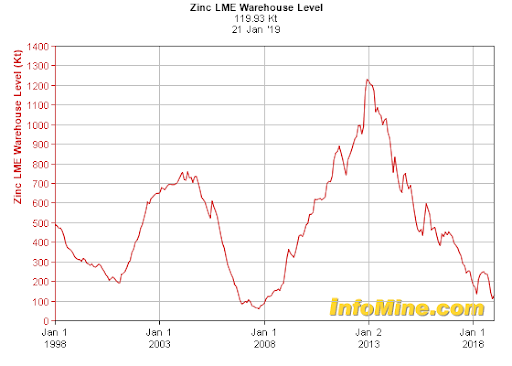
Meanwhile Chinese smelter production is also in decline as a result of two factors: poor economics and an environmental crackdown, both of which have resulted in closures.
The question is whether smelters will be able to complete environmental upgrades and then get production levels back to where they were in 2015-2016. The jury is still out on that one, but for now Chinese stocks are depleted.
At current rates of global consumption, there is only about a week's worth of zinc supply held in visible stockpiles. That is quite something.
World zinc mine production rose by about 1.7% last year, says the IZLSG, mainly due to increases in European production, especially in Finland, Greece, Macedonia and Russia. Output was lower in Canada, China, India and Mexico (which are among the larger producers).
Chinese imports of zinc contained in zinc concentrate rose by 21.3% on the previous year, and its imports of refined zinc were up around 7%.
Given all this, zinc "should" be priced higher. One can only assume either tariff concerns have suppressed the price, or perhaps increased mine supply or considerable growth in Chinese smelter production is anticipated. Nevertheless, the conditions are certainly there for a potential spike in the price. Who knows, perhaps a softening of the aggressive tariff narrative could be the trigger.
How to invest in zinc
There are a range of ways to play zinc. ETF Securities offers London-listed ETFs under the tickers ZINC, or you can spreadbet the price (which has its own considerable risks attached, and I'd avoid doing so unless you know what you are doing).
The large miners are another option, but none are pure plays. BHP Billiton (LSE: BLT) is the world's largest producer of zinc, while other large producers include Anglo-American (LSE: AAL), Vedanta (LSE: VED) and KAZ Minerals (LSE: KAZ).
I own shares in two zinc exploration and development plays (juniors are another level of risk in themselves). One has been an utter dog - that's dual-listed Solitario Zinc (NYSE: XPL; TSX: SLR). It has good high-grade projects in Peru and Alaska, both in partnership with majors, as well as other exploration assets in Peru and a 10% interest in zinc explorer, Vendetta, operating in Australia.
The management team has kept the share structure tight, and at 9% ownership, has plenty of skin in the game. The cash position is about US$12m, and has been well preserved. Yesterday it announced US$600,000 of revenue from two royalty deals. At US$0.27, it has a market cap of US$16m, so to my mind, it is an extraordinary value proposition at the moment. You're getting its assets for around US$4m. But beware: Solitario has been a proven value trap.
My other zinc junior is Tinka Resources (TSX: TK), which appears to have made a major discovery in Peru. It's currently at C$0.34, which gives it a market cap of C$90m. This was an C$0.80 stock last year and could easily be so again, if zinc gets up off the floor and the good drill results keep coming. There is a high expectation that this will eventually get bought out.
Just to be clear again, for full disclosure, I own shares in both Solitario and Tinka.
Get the latest financial news, insights and expert analysis from our award-winning MoneyWeek team, to help you understand what really matters when it comes to your finances.
Dominic Frisby (“mercurially witty” – the Spectator) is as far as we know the world’s only financial writer and comedian. He is the author of the popular newsletter the Flying Frisby and is MoneyWeek’s main commentator on gold, commodities, currencies and cryptocurrencies. He has also taken several of his shows to the Edinburgh Festival Fringe.
His books are Daylight Robbery - How Tax Changed our Past and Will Shape our Future; Bitcoin: the Future of Money? and Life After the State - Why We Don't Need Government.
Dominic was educated at St Paul's School, Manchester University and the Webber-Douglas Academy Of Dramatic Art.
You can follow him on X @dominicfrisby
-
 London claims victory in the Brexit wars
London claims victory in the Brexit warsOpinion JPMorgan Chase's decision to build a new headquarters in London is a huge vote of confidence and a sign that the City will remain Europe's key financial hub
-
 Rachel Reeves's Autumn Budget: What it means for the UK
Rachel Reeves's Autumn Budget: What it means for the UKOpinion A directionless and floundering government has ducked the hard choices at the Autumn Budget, says Simon Wilson
-
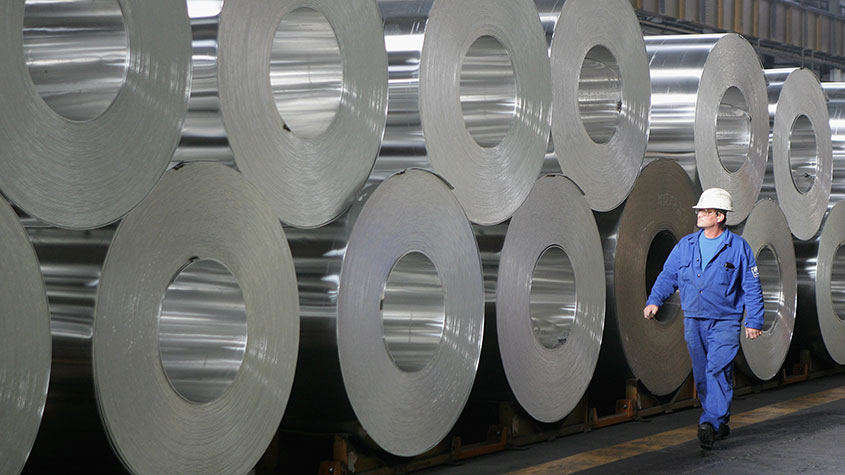 These 2 stocks are set to soar
These 2 stocks are set to soarTips The returns from these two aluminium and tin stocks could be spectacular when the commodity cycle turns says David J Stevenson.
-
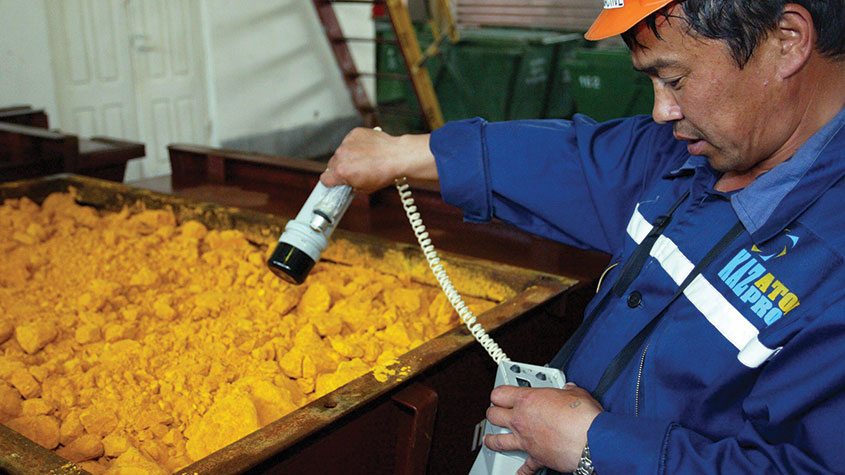 The best ways to buy strategic metals
The best ways to buy strategic metalsTips Weaker prices for strategic metals in the alternative-energy sector are an investment opportunity, says David Stevenson. Here, he picks some of the best ways to buy in.
-
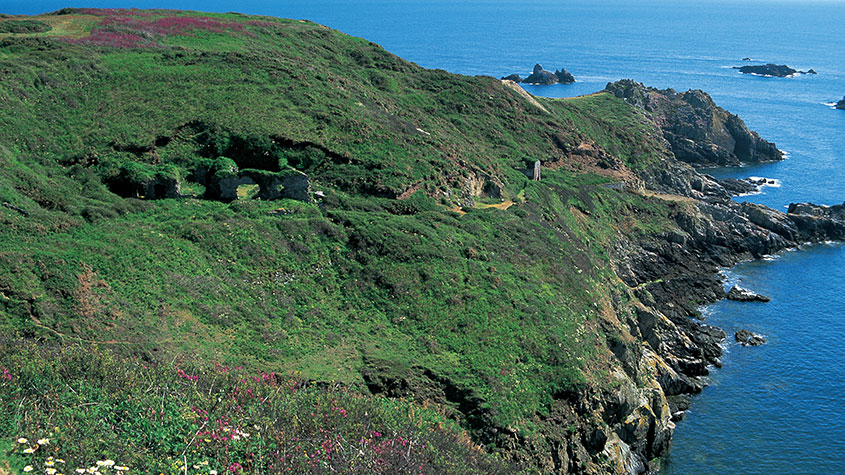 A lesson for investors from a ill-fated silver mine
A lesson for investors from a ill-fated silver mineAnalysis Mining methods may have changed since the industry’s early days, but the business hasn’t – digging ore from the ground and selling it at a profit. The trouble is, says Dominic Frisby, the scams haven't changed either.
-
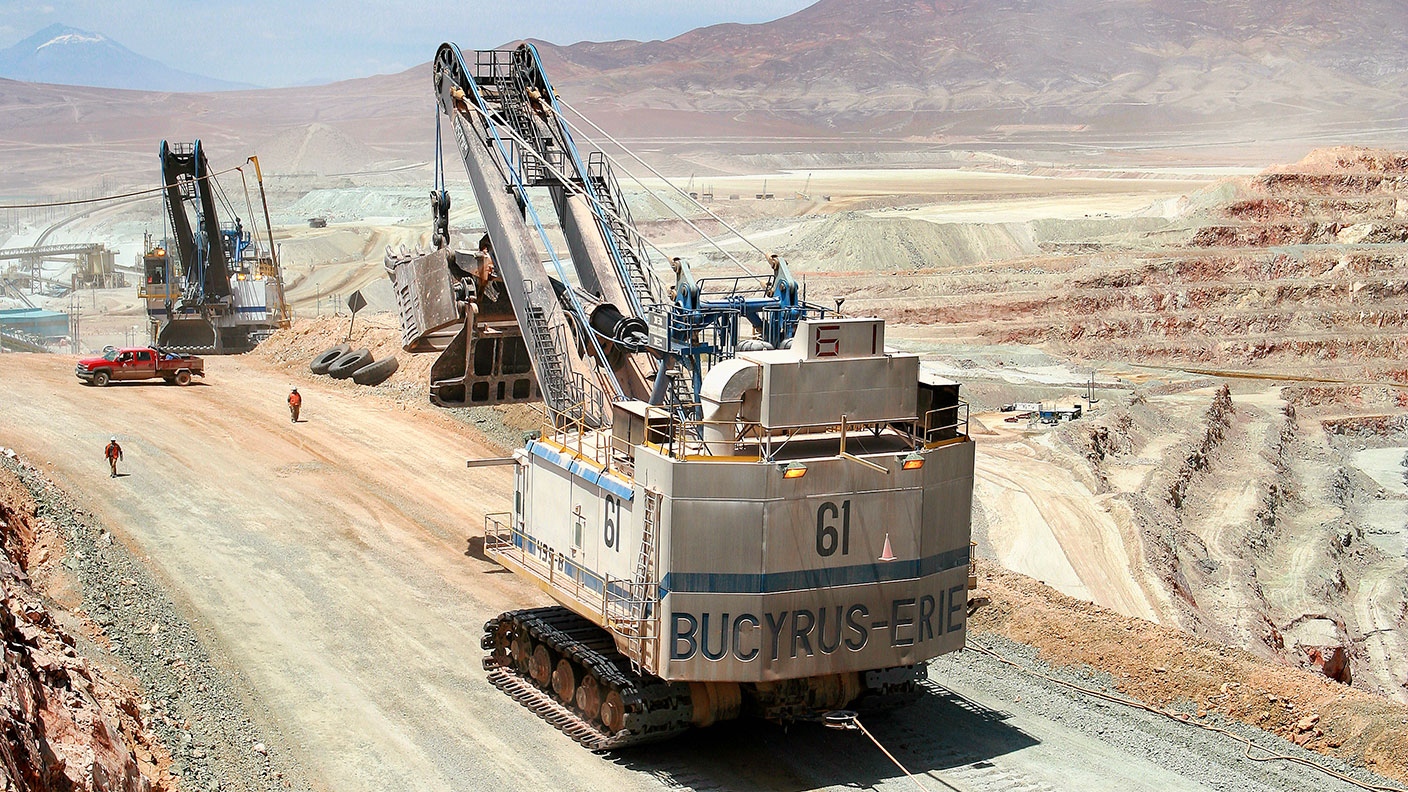 The natural resources industry is in a tight spot – which is bad news for the rest of us
The natural resources industry is in a tight spot – which is bad news for the rest of usOpinion The natural resources industry is in a bind. We need it to produce more energy and metals, but it has been starved of investment, plagued by supply chain issues, and hobbled by red tape. That’s bad news for everyone, says Dominic Frisby.
-
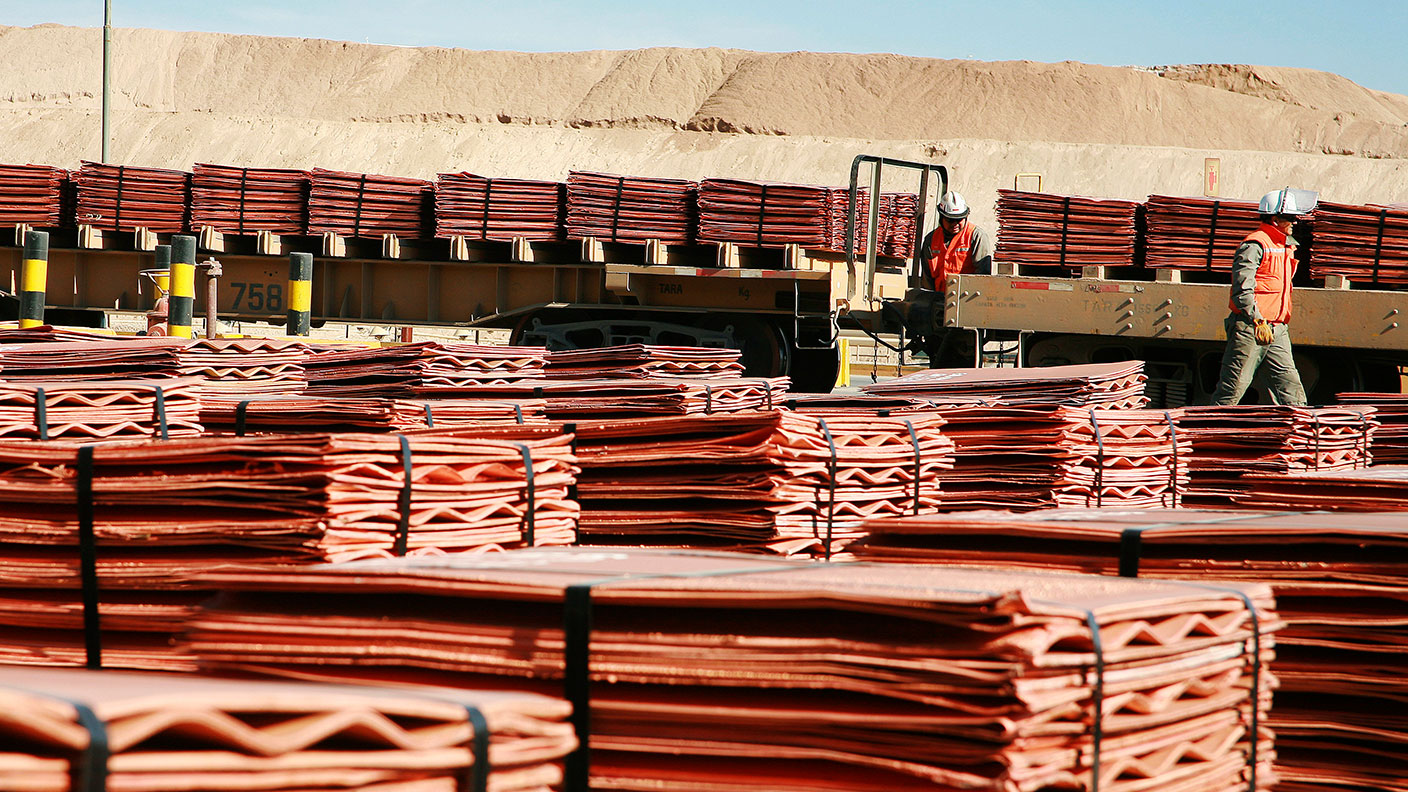 How to invest in the copper boom
How to invest in the copper boomTips The price of copper has slipped recently. But that’s temporary – the long-term outlook is very bullish, says Dominic Frisby. Here, he explains the best ways to invest in copper.
-
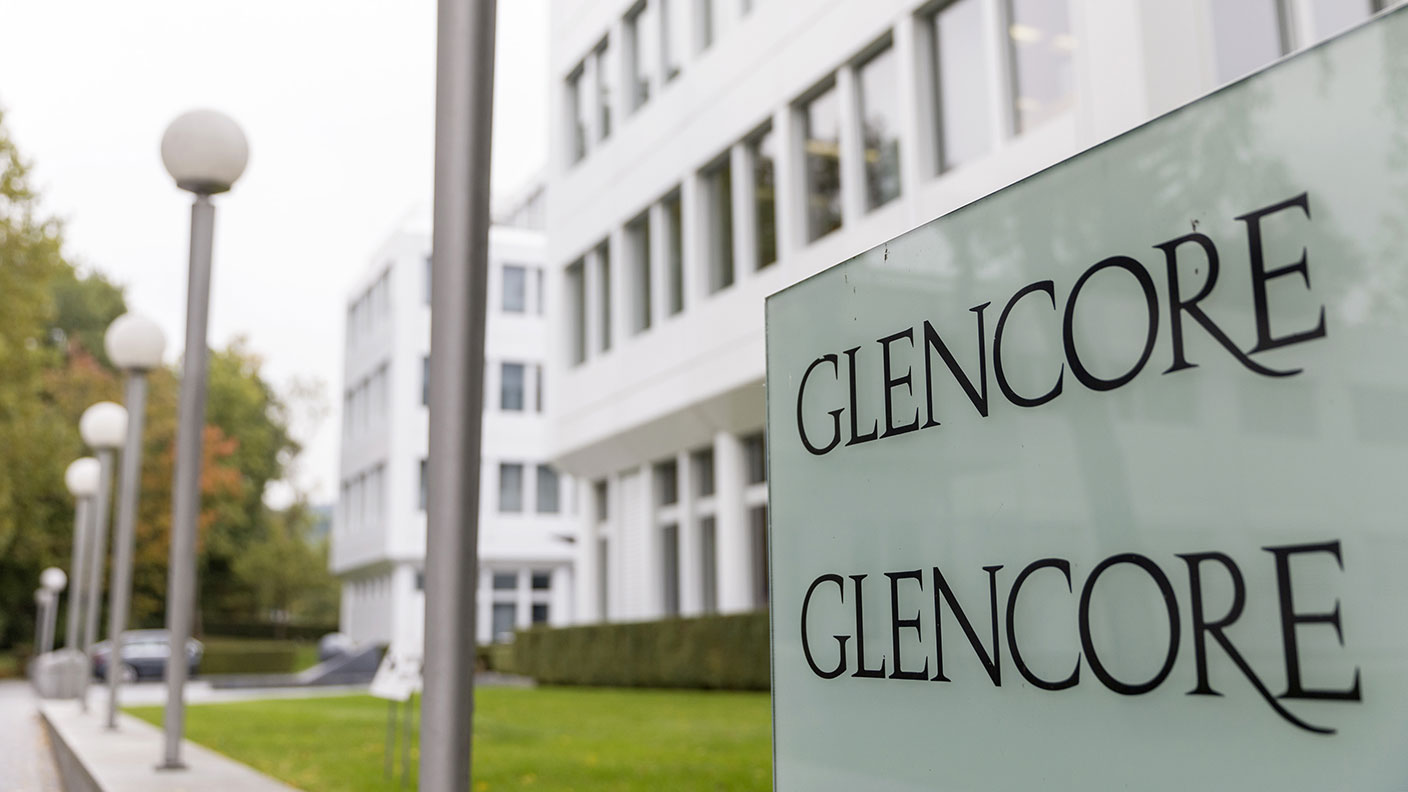 Why investors should consider adding Glencore to their portfolios
Why investors should consider adding Glencore to their portfoliosTips Commodities giant Glencore is well placed to capitalise on rising commodity prices and supply chain disruption, says Rupert Hargreaves. Here’s why you should consider buying Glencore shares.
-
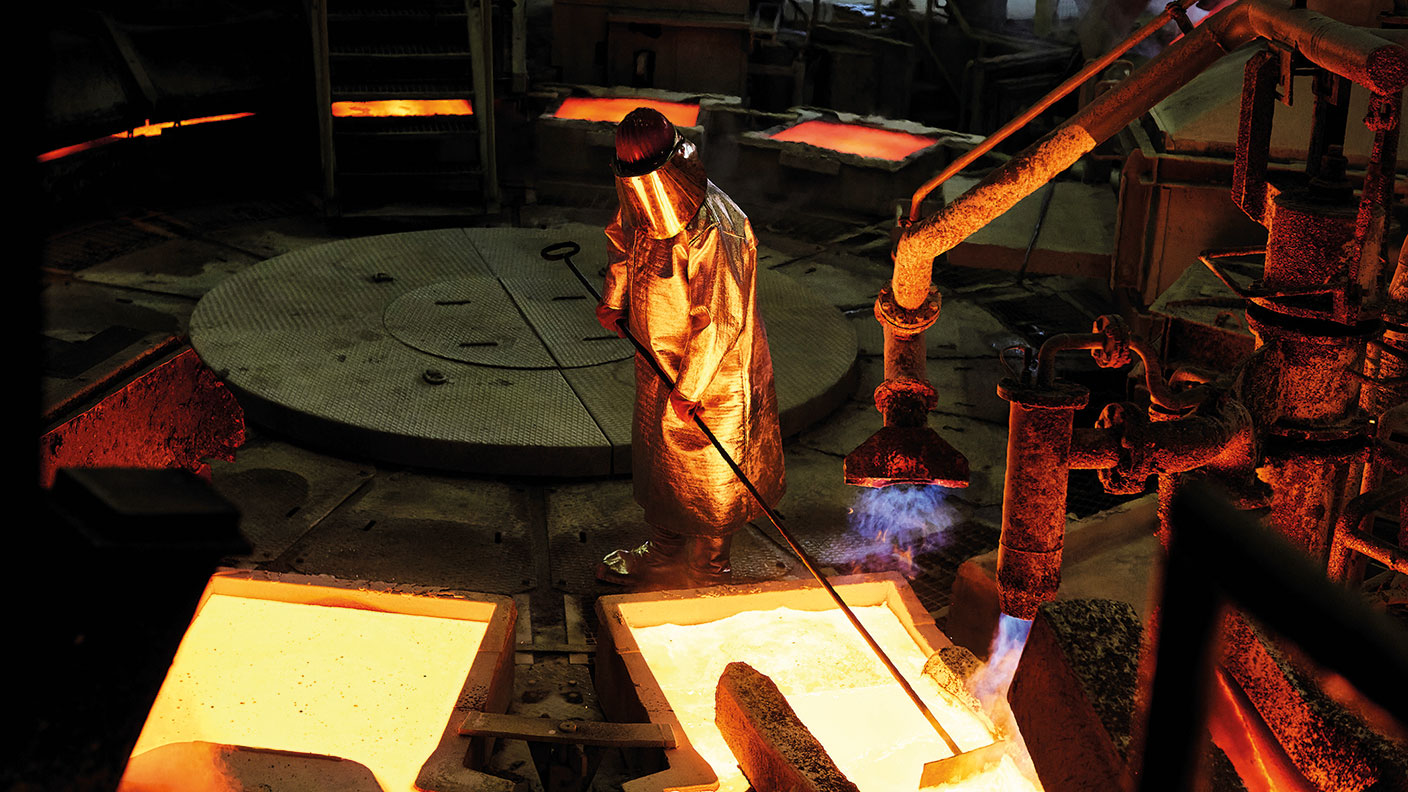 How to invest in the multi-decade boom in industrial metals
How to invest in the multi-decade boom in industrial metalsTips The price of key industrial metals has already begun to rise. The renewable energy transition will take them higher, says David Stevenson. Here's how to profit.
-
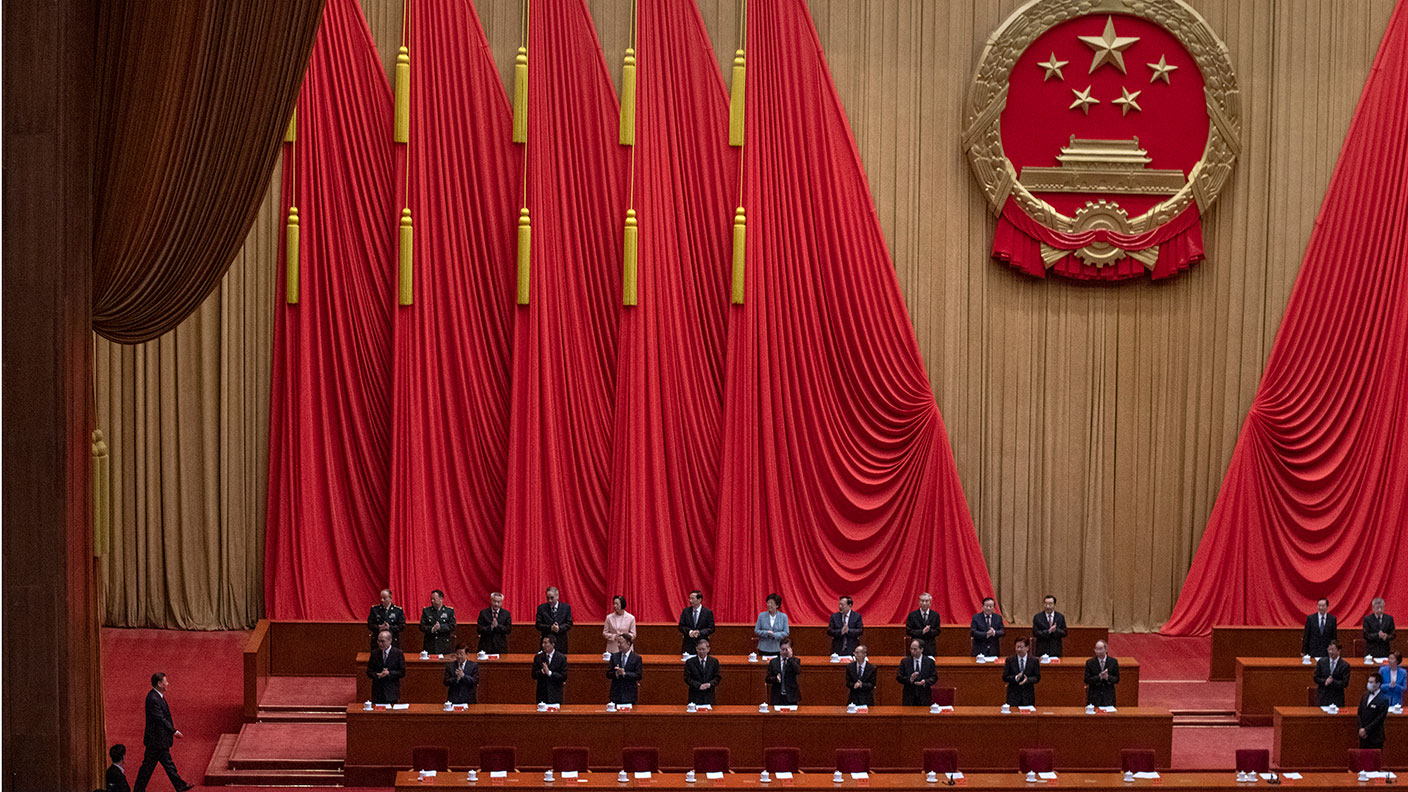 Avoid China’s stockmarket – here’s what to invest in instead
Avoid China’s stockmarket – here’s what to invest in insteadOpinion China’s stockmarket is not a good place for investors to be. But you can't just ignore the world's second-largest economy, says Dominic Frisby. Here, he picks an alternative China play.
